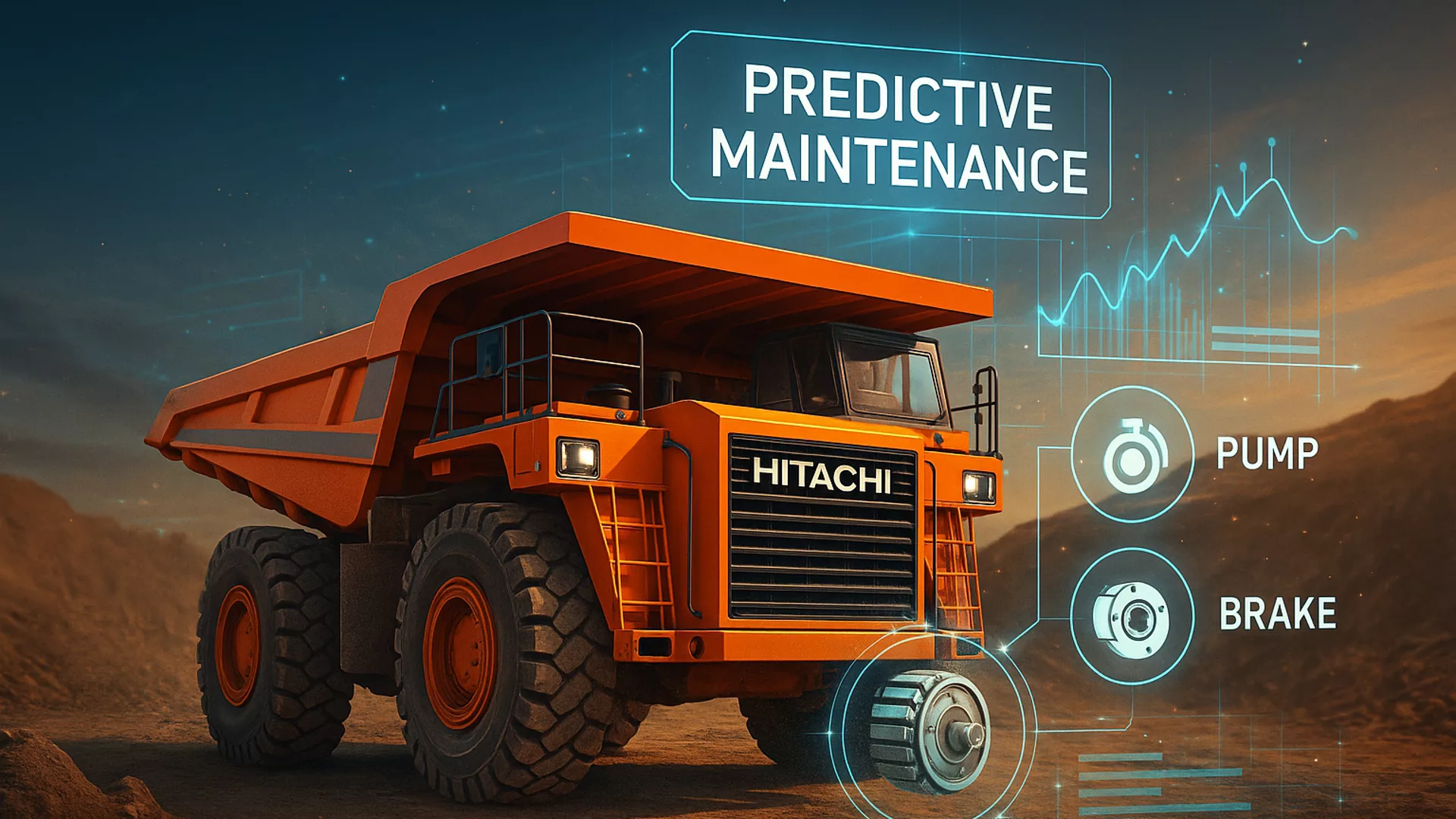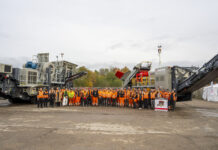THE Delft University of Technology in The Netherlands and Hitachi Construction Machinery (Europe) NV (HCME) are teaming up for a research project on the maintenance of mining equipment.
Hitachi has agreed to share data and expertise with the Dutch public technical university during a two-year study, which aims to identify and predict the remaining life of critical components on mining machines.
The findings could help engineers to plan maintenance before parts need replacing in a bid to improve the availability, reliability and safety of dump trucks operating in harsh environments.
As part of the collaboration, the HCME digital solutions team for mining operations is sharing data gathered from its machines working on site. Key components are equipped with sensors, which allows for detailed information on indicators, such as temperatures and pressures, to be collated and analysed.
The research is led by Malihe Goli, a control and automation engineer, and PhD candidate at the geo-resources section of TU Delft’s Department of Geoscience and Engineering. The project is jointly supervised by this section and the intelligent sustainable prognostics group within the Faculty of Aerospace Engineering.
Ms Goli aims to build a ‘robust’ model that will capture degradation trends in components such as pumps, cylinders and brakes. The condition monitoring data supplied by HCME will enable her to improve the model and provide more accurate estimates of when a component might fail.
Daan van Berkel, manager mining projects and sustainable mining for HCME, said, “We will be able to plan when a truck needs to come into the workshop more precisely, and order any parts that may be required ahead of time. Moreover, addressing potential problems before they occur reduces the risk of a major issue that could also damage other parts and put a machine out of action for weeks.”
Ms Goli added, “Access to large-scale, real-world datasets – including detailed failure records, maintenance logs, and sensor measurements – has enabled the development of accurate, data-driven models for component degradation.”










